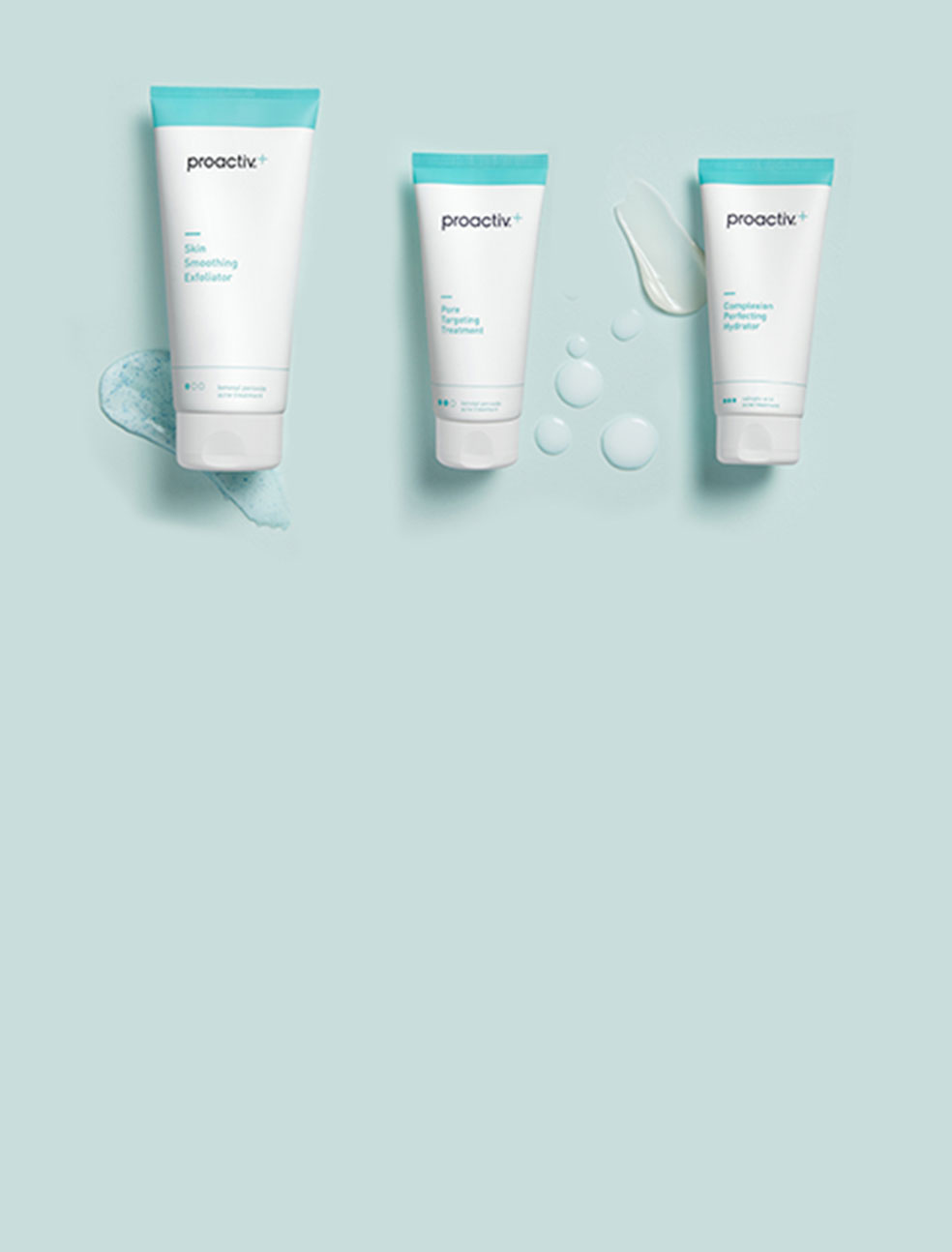You’ve most likely heard of clogged pores and probably realize that they have something to do with your breakouts. But do you know what causes clogged pores, how to clean your pores, and how to prevent clogged pores? You’re about to find out!
What are clogged pores?
Before we dig in to how to get rid of clogged pores, it’s important to know what pores (and clogged pores!) actually are.
Pores are tiny holes in your skin that help oil (aka sebum) reach the surface to protect the skin and seal in moisture. As your skin sheds dead cells and produces oil, these dead cells, along with other substances, can get trapped in your pores, clogging them. Clogged pores can even be combination of excess dead skin, oil, bacteria, makeup residue, and even pollutants from the environment.
So what do clogged pores look like? A clogged pore will look larger than it usually does and feel bumpy. Or, you’ll see blackheads (an oxidized pore plug), a white- or skin-colored bump, or just an overall dull complexion. It may even appear as though you have little dots all over your face.
What causes clogged pores?
As you just learned, the mix of extra sebum and dead skin cells usually leads to blocked pores. However, there are additional factors to consider that likely lead to clogged pores.
Excess sebum production:
The more sebum your body produces, the higher the chance you’ll have visible facial pores. Hormones, age and even over-washing your face can affect sebum production. Oily skin can also be genetic.Using comedogenic products:
Certain makeup, lotions, and sunscreen can block pores. Look for products that are oil-free and noncomedogenic.Environmental factors:
Toxins in the air, sweat, and even oil from when your hands touch your face can contribute to blocked, clogged pores.Age:
According to the American Academy of Dermatology, those in the 12-24 age group are most likely to have clogged pores but they can occur in skin of all ages.
What happens when you have clogged pores?
Blocked pores don’t always lead to acne, but they certainly can. When bacteria starts to feed on the dead skin cells and oil that are trapped in your pore, it swells and gets inflamed. When your body sends white blood cells to fight the intruder and infection, that’s when the redness and inflammation increases, and you’ll sometimes see a white or yellow pus-filled head form.
How to unclog pores
Now that you’ve learned what clogged pores are and what leads to clogged pores, it’s time to find out how to clean your pores. To unclog pores, it’s all about the ingredients!
Glycolic acid is a superstar when it comes to unclogging pores as it’s able to infiltrate skin cells and dissolve bonds that hold excess sebum, dead skin cells and dirt together. The Revitalizing Toner in the Proactiv® Solution Acne Treatment System has glycolic acid as its main ingredient – so you can say goodbye to your days of clogged pores!
Adapalene is another ingredient that serves as an ideal clogged pores treatment. Previously available only by prescription, this retinoid works at the cellular level to help treat and prevent clogged pores like blackheads and whiteheads and prevent future breakouts. It can also help increase the rate of cell turnover. All this helps prevent blockages that can lead to clogged pores. More great news? Adapalene is the star ingredient in our ProactivMD® 3-Piece System!
What else can you do to clean your pores, or at least unclog them a bit and reduce their size? Here are some things you can do at home:
- Use makeup, skincare, and sunscreen labeled as oil-free or noncomedogenic.
- Avoid picking your pimples or squeezing your pores — you’ll just cause more irritation and inflammation.
- Gently exfoliate with physical and chemical exfoliating ingredients to remove dead skin cells to help unblock pores.
How to prevent clogged pores
Now that you’ve got a handle on how to help unclog your pores, how do you keep them that way? Here are some lifestyle adjustments you can follow to help keep your pores in the clear:
- Follow a daily skincare regimen
- Remove your makeup at the end of each day
- Wash your face morning and night and after sweating
- Change your pillowcase at least once per week
- Wash your hair more frequently if it’s touching your face, and/or keep it up, off your cheeks and foreheads
- Exfoliate the areas of your skin that are prone to congestion
- Avoid touching your face
- Use noncomedogenic makeup and sunscreen
The bottom line
Whether you’re genetically predisposed to having large pores and producing excess oil or your hygiene habits are leading to clogged pores, there are products that can help clean out your pores and easy lifestyle adjustments that can help keep your pores in the clear!






